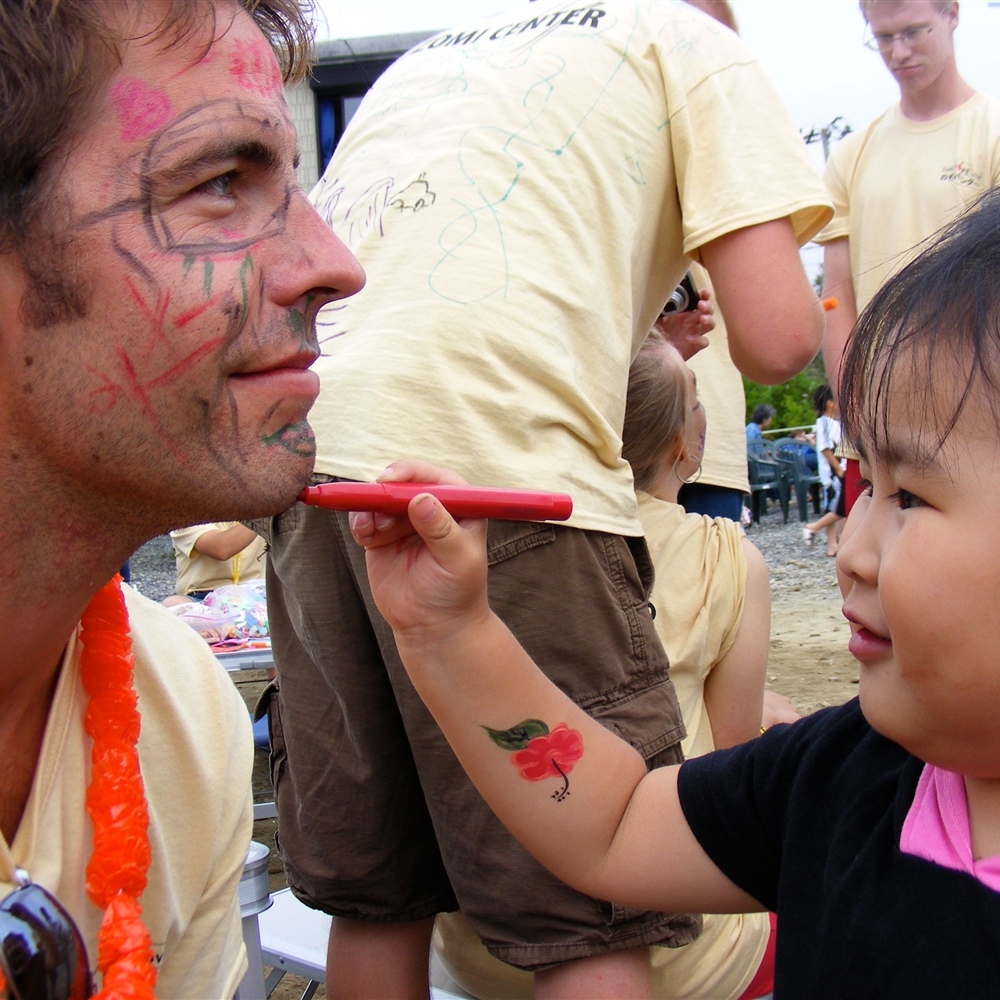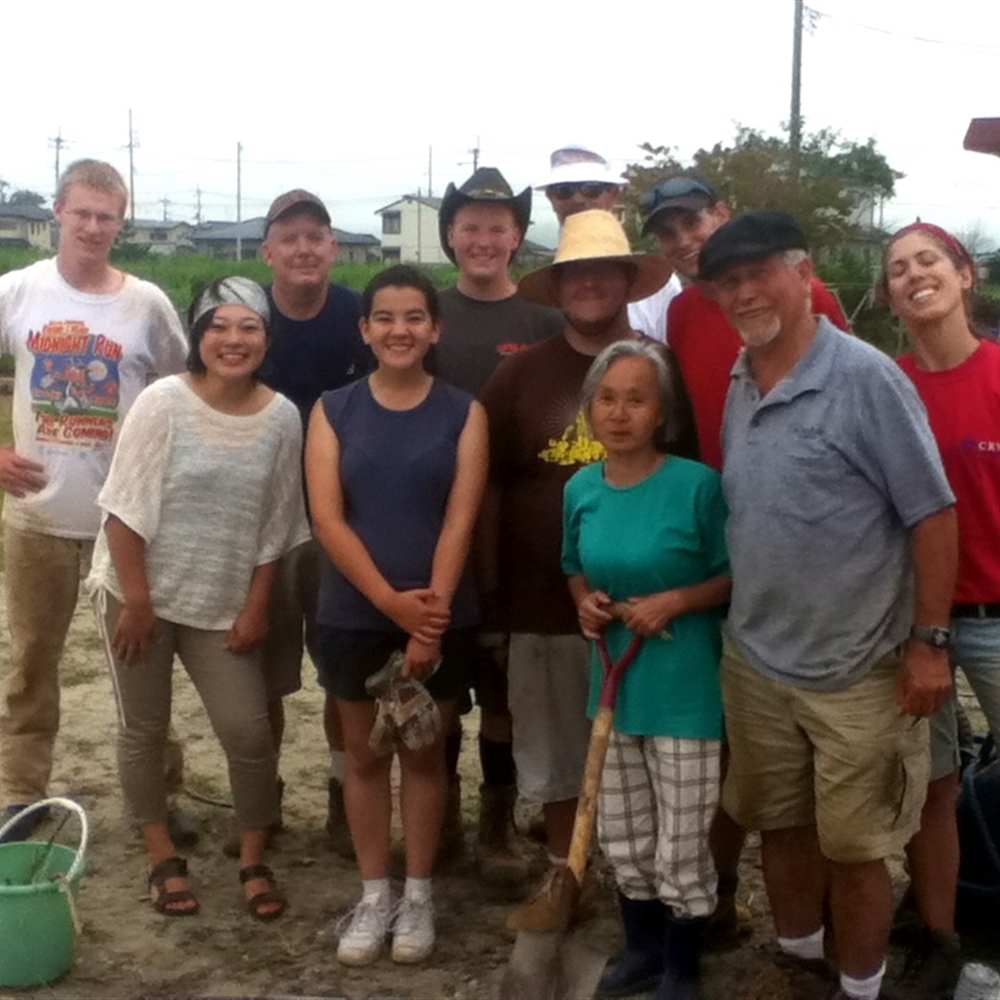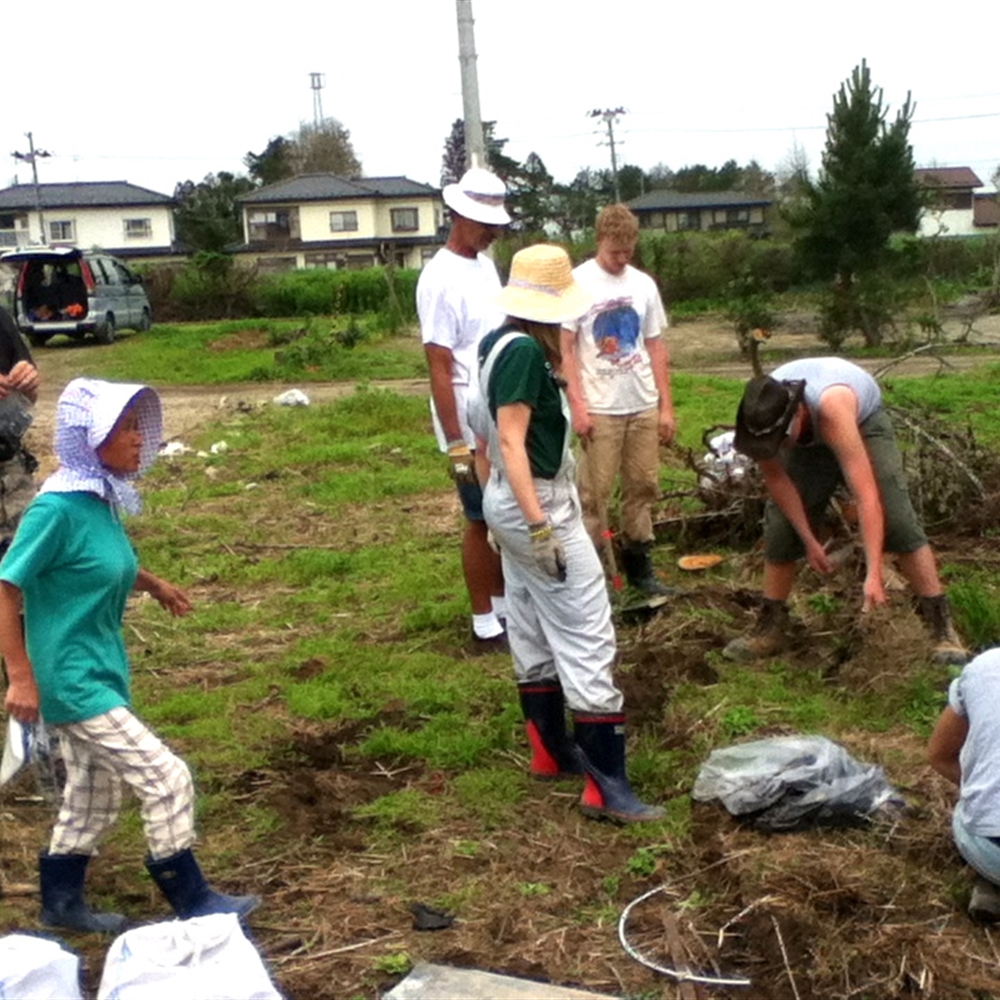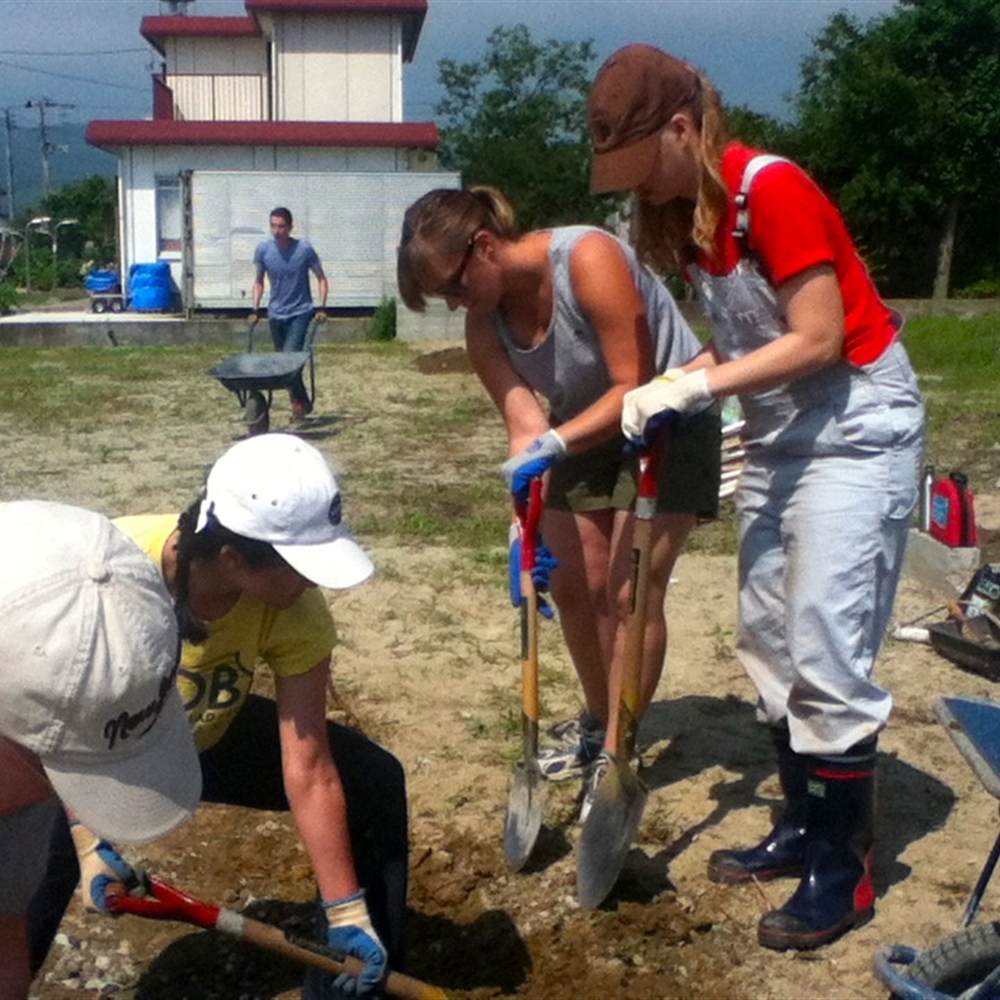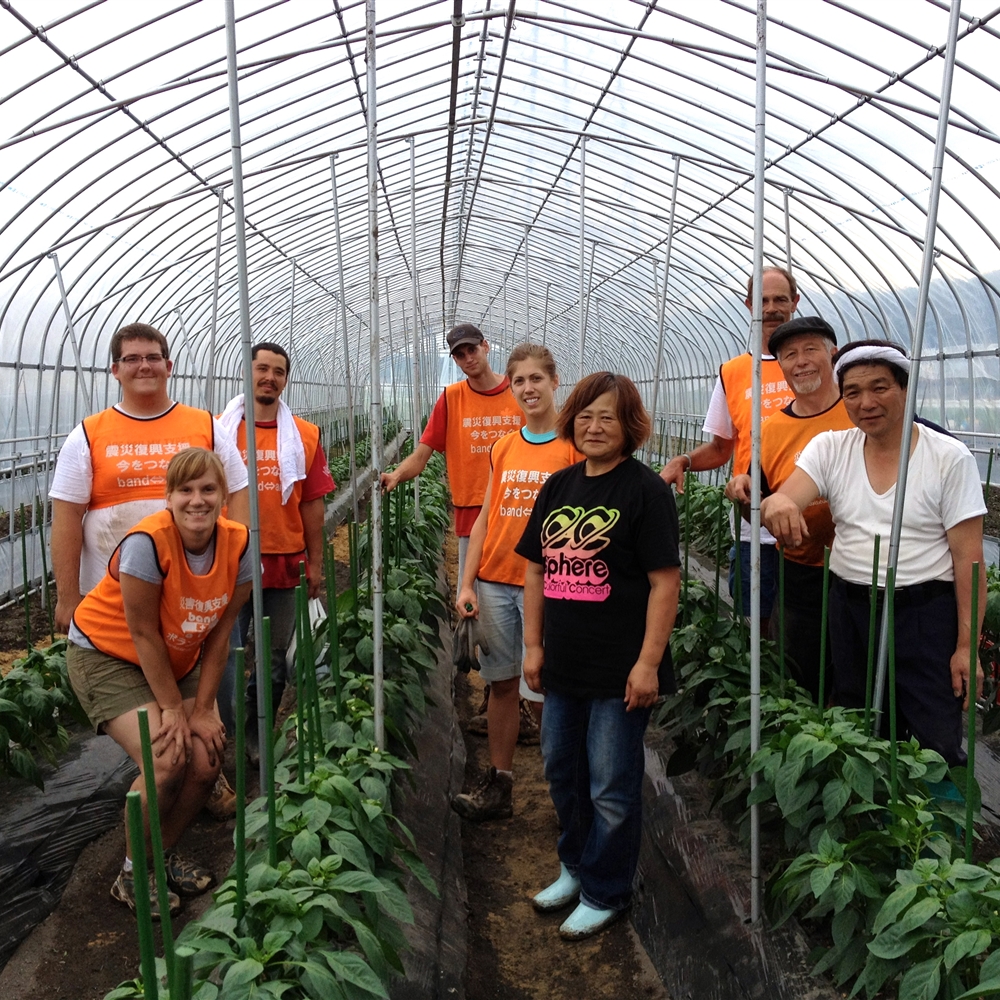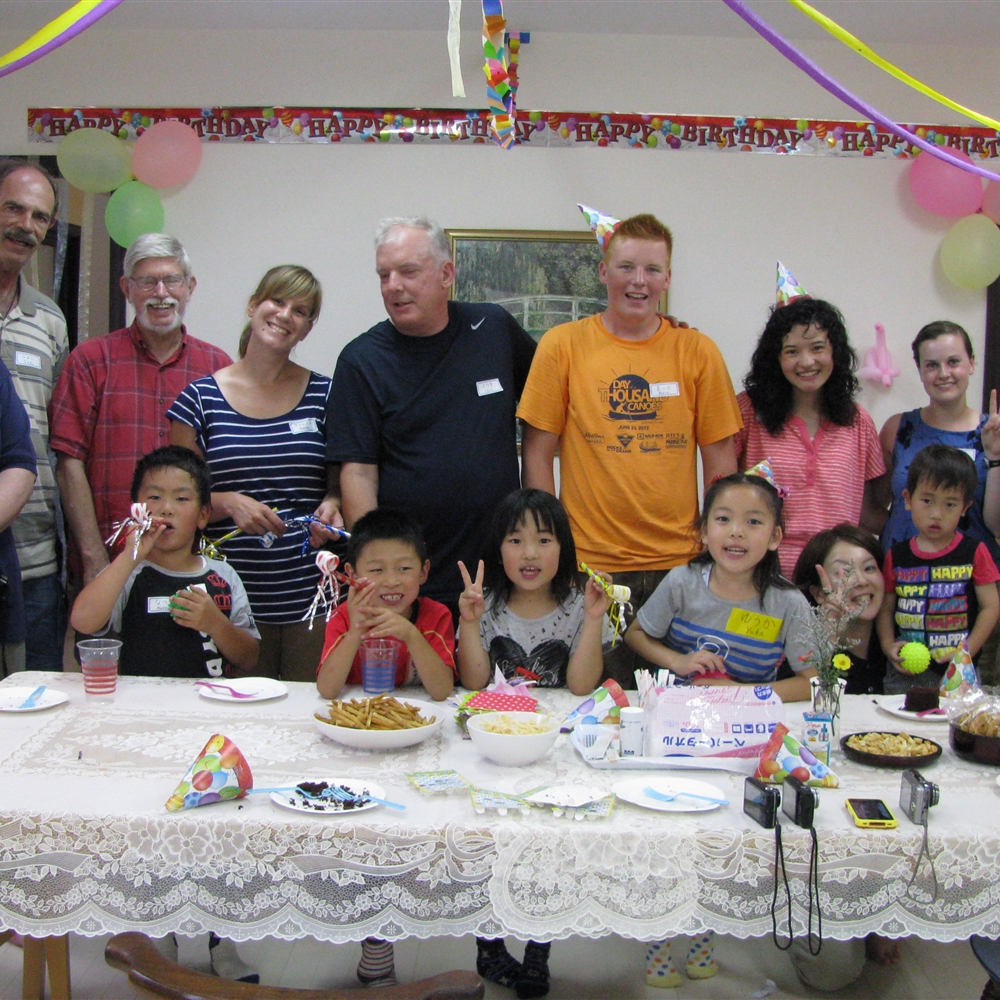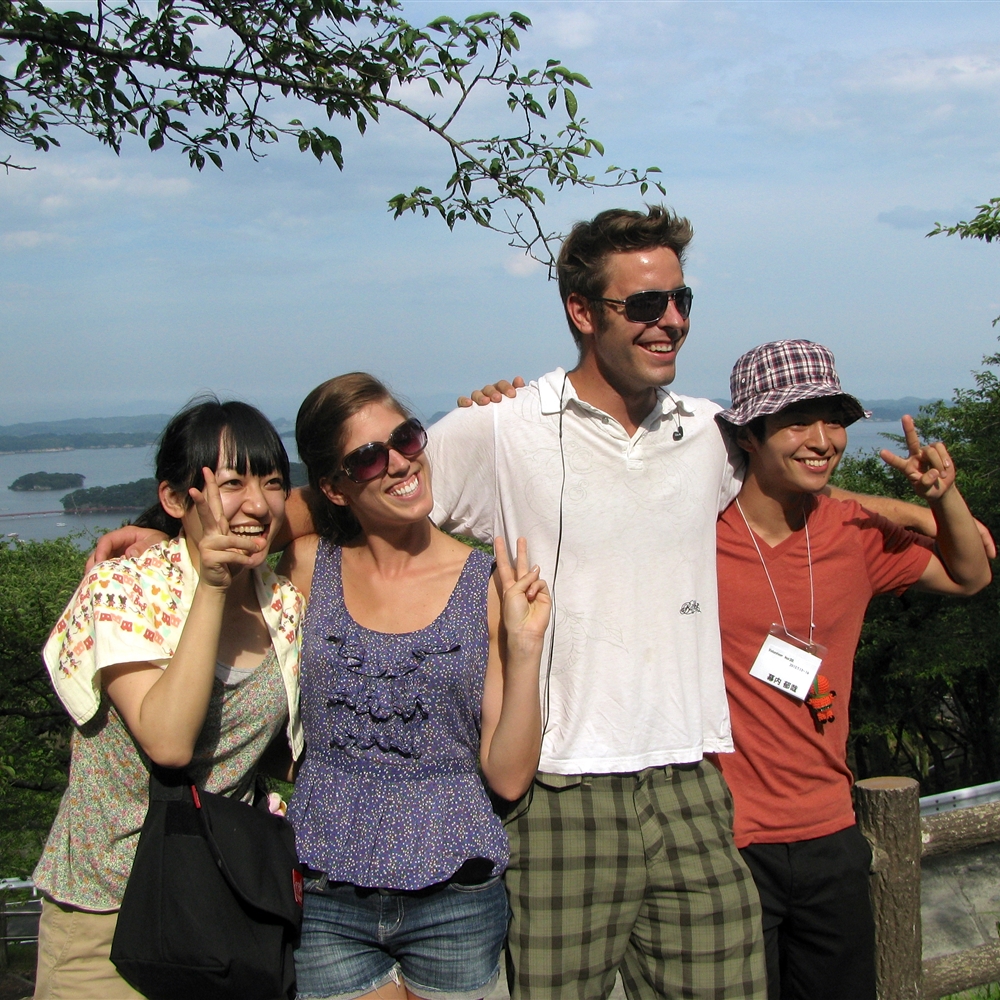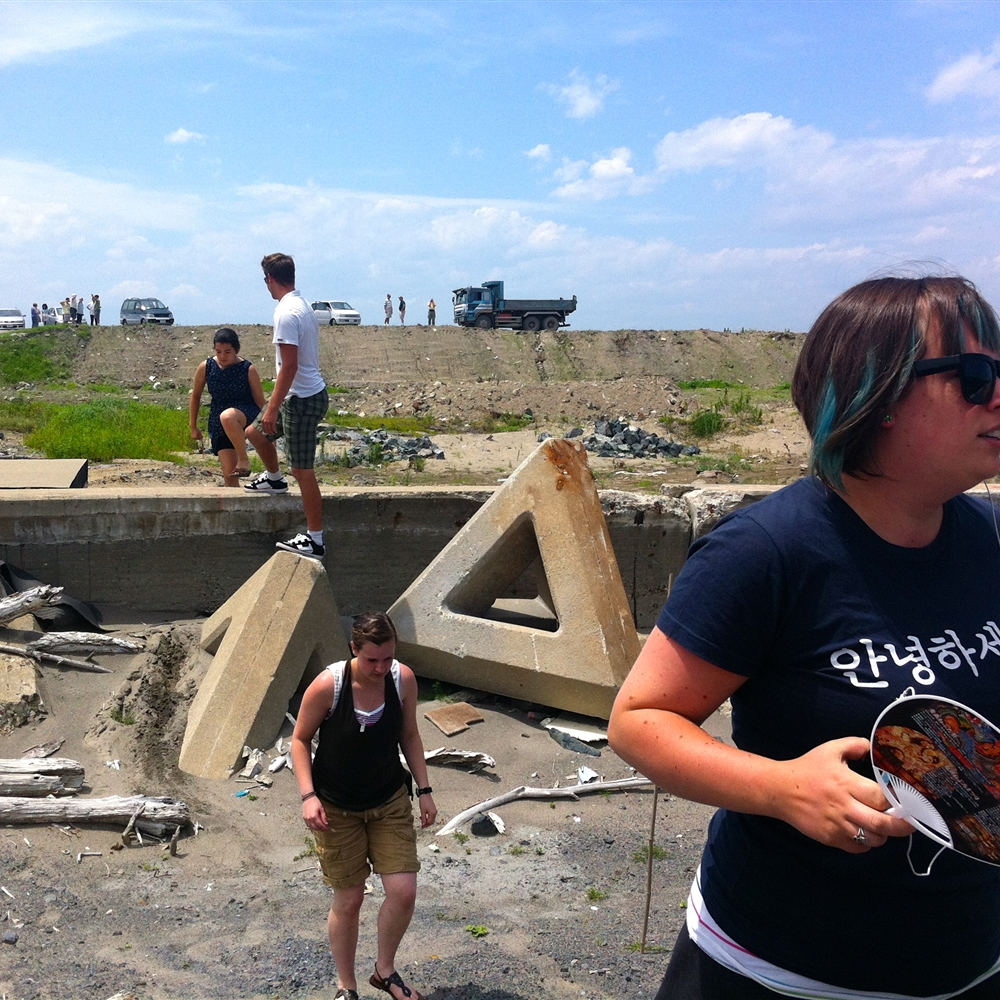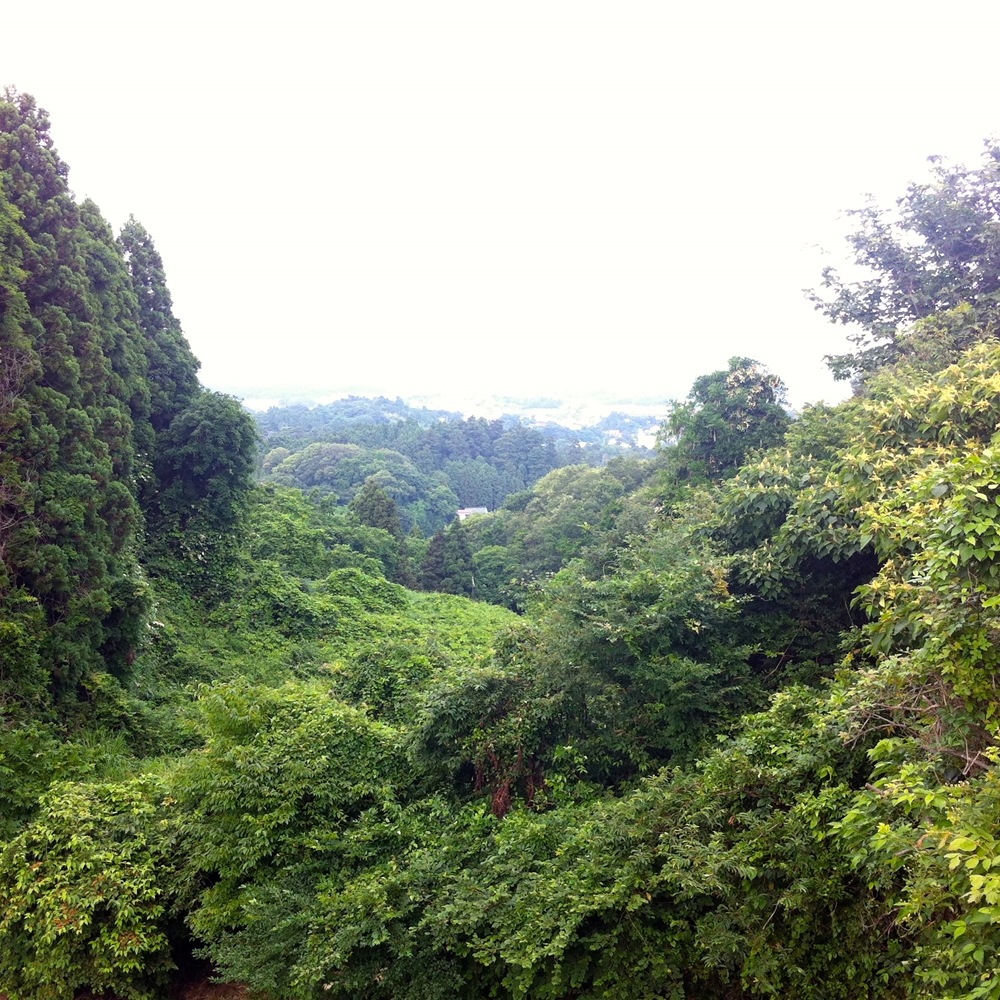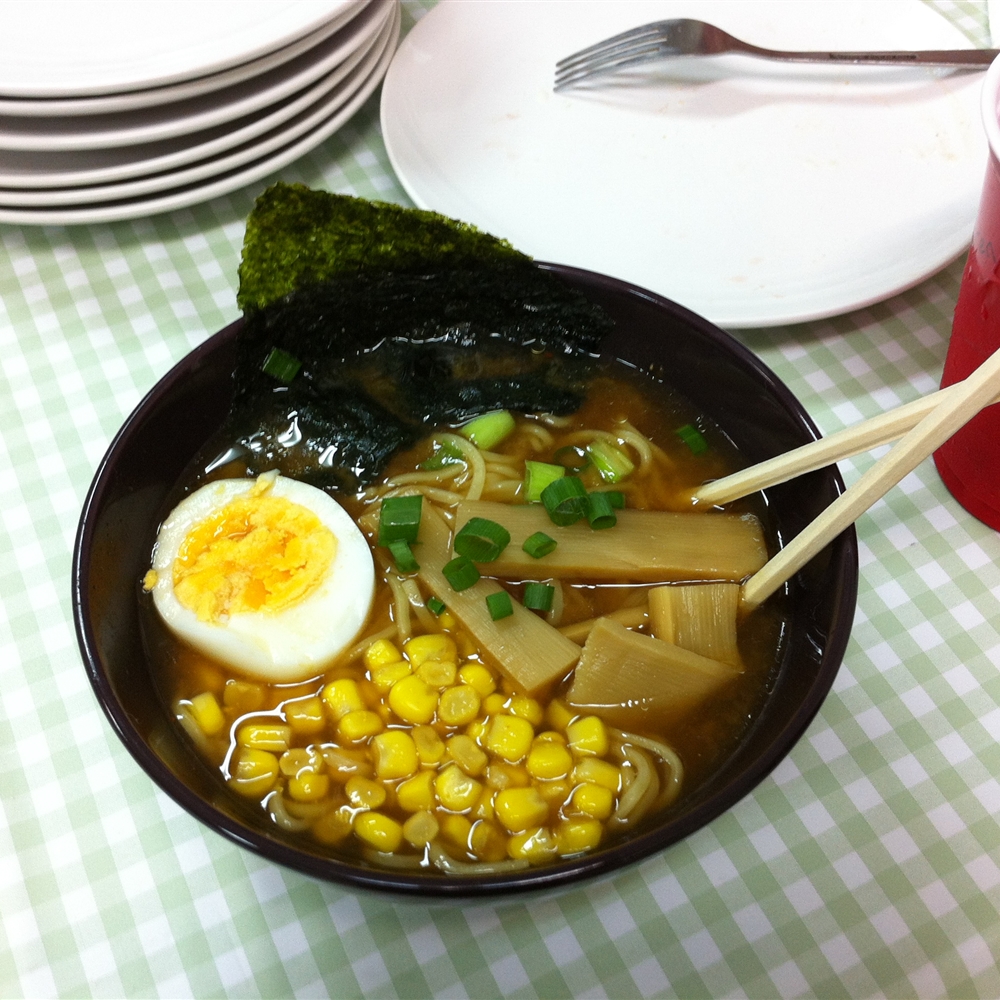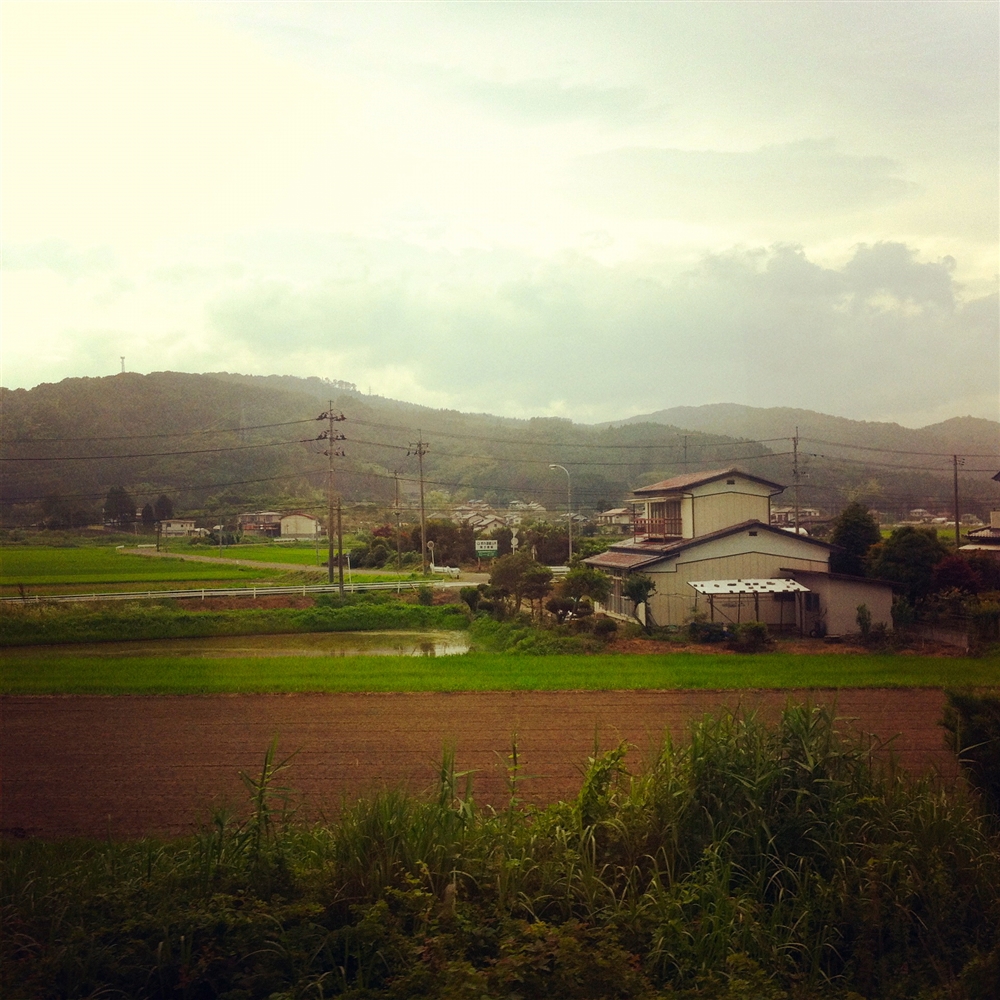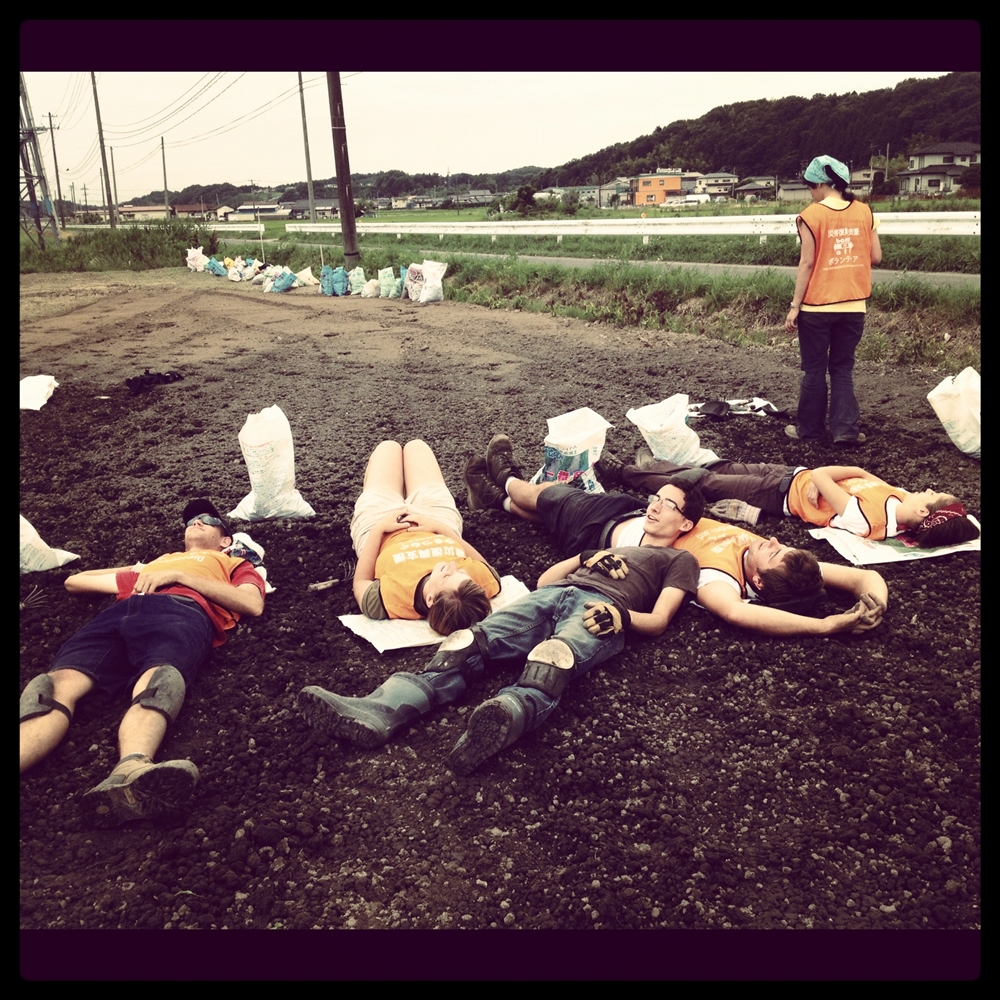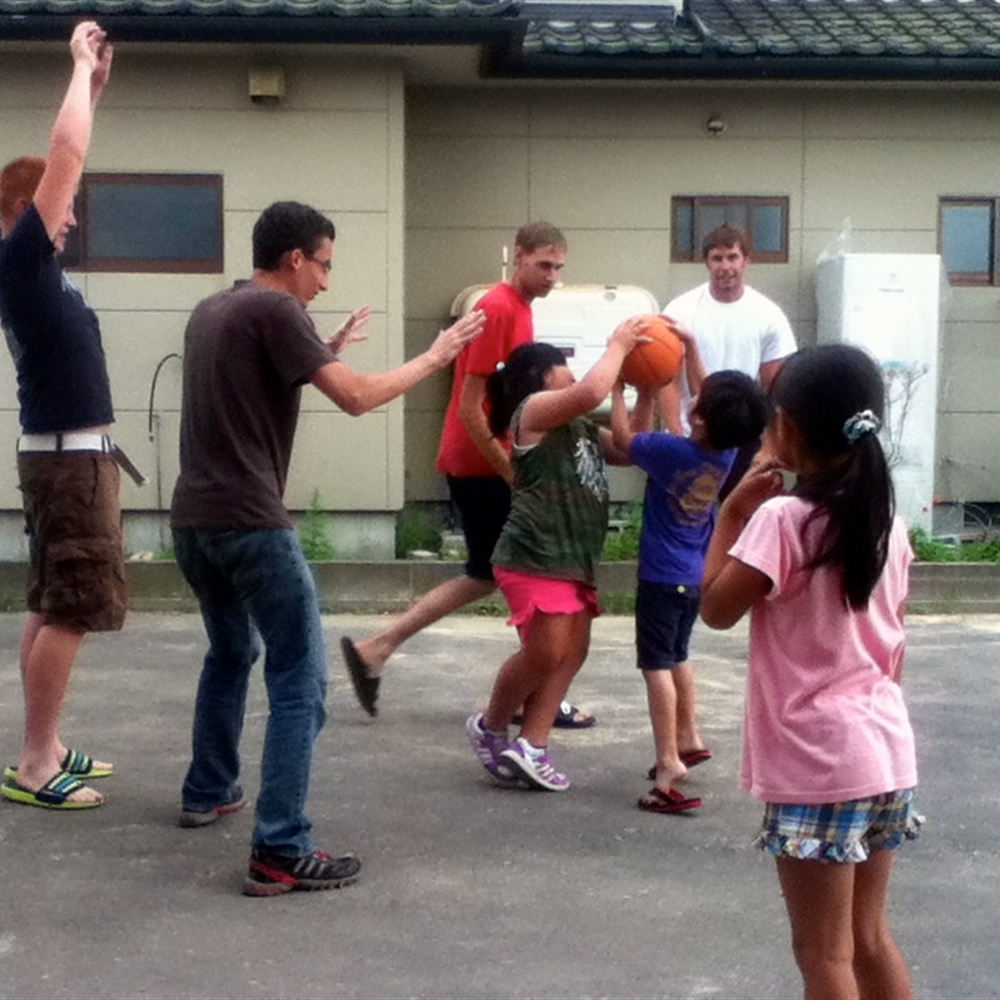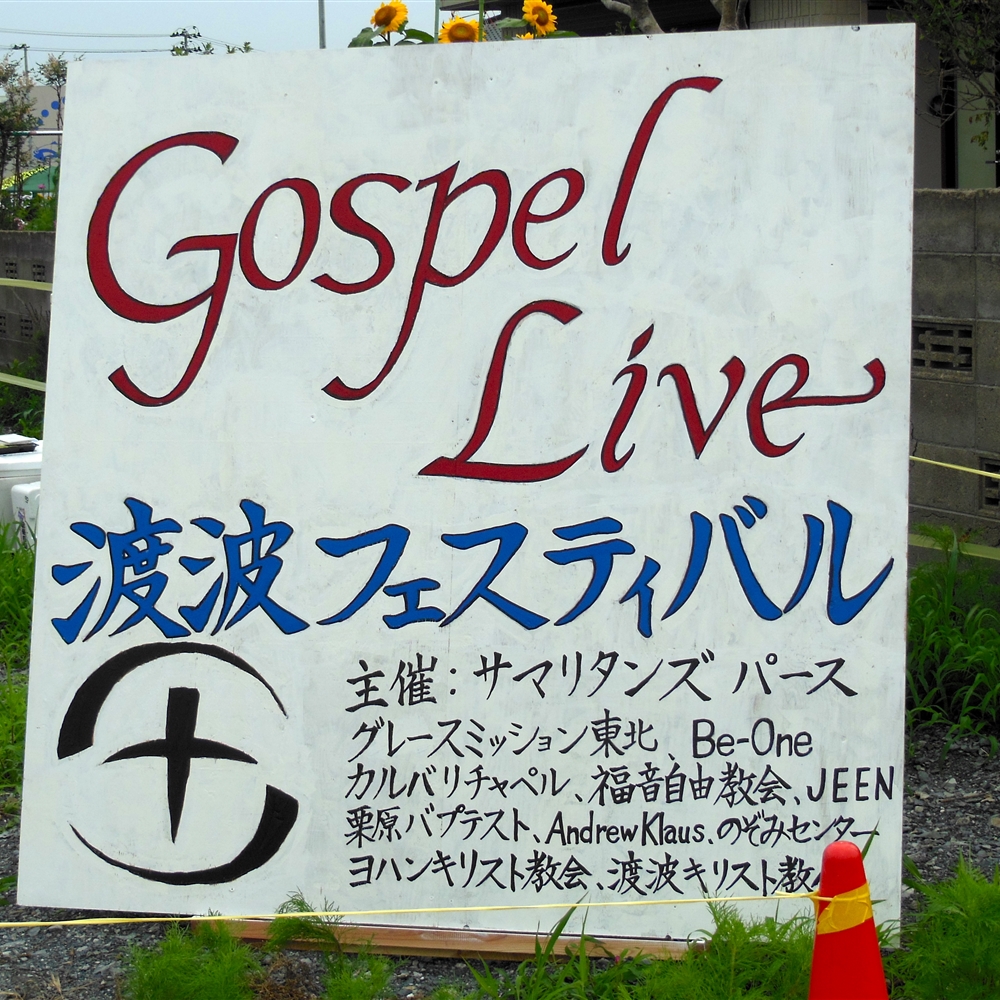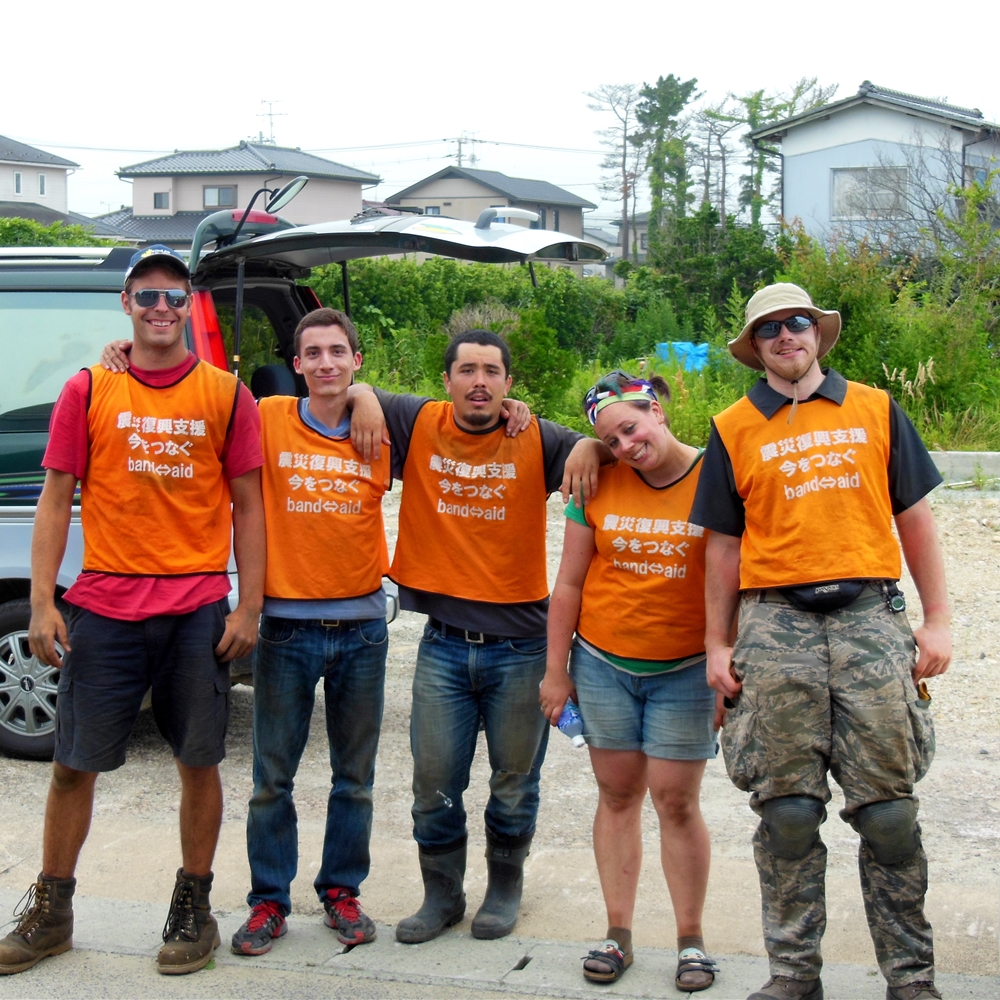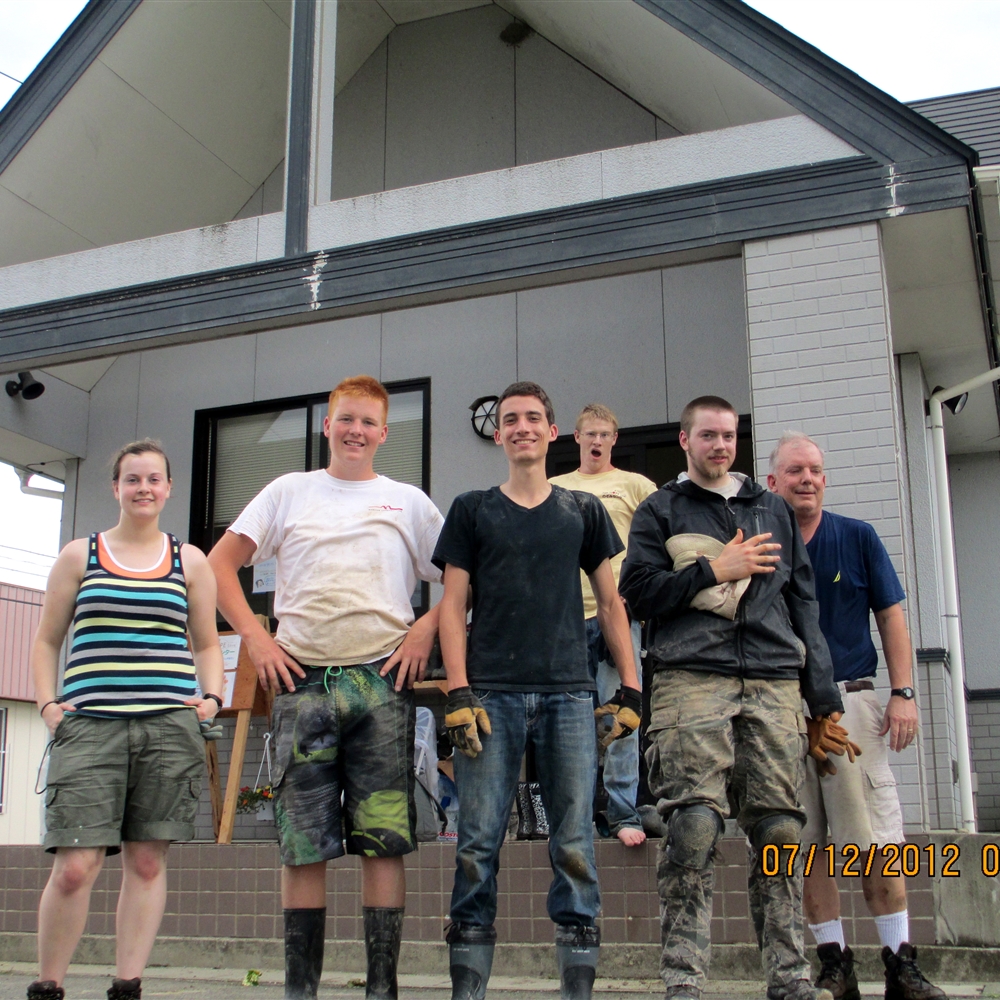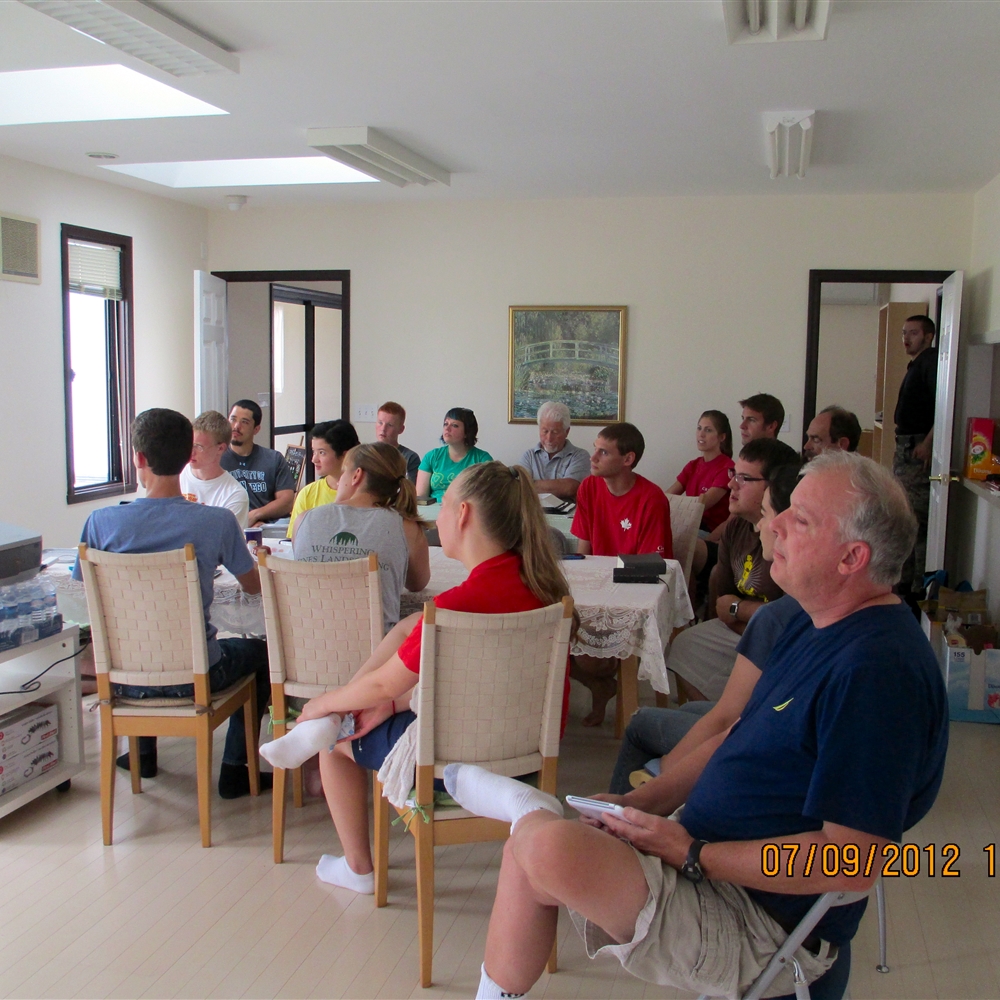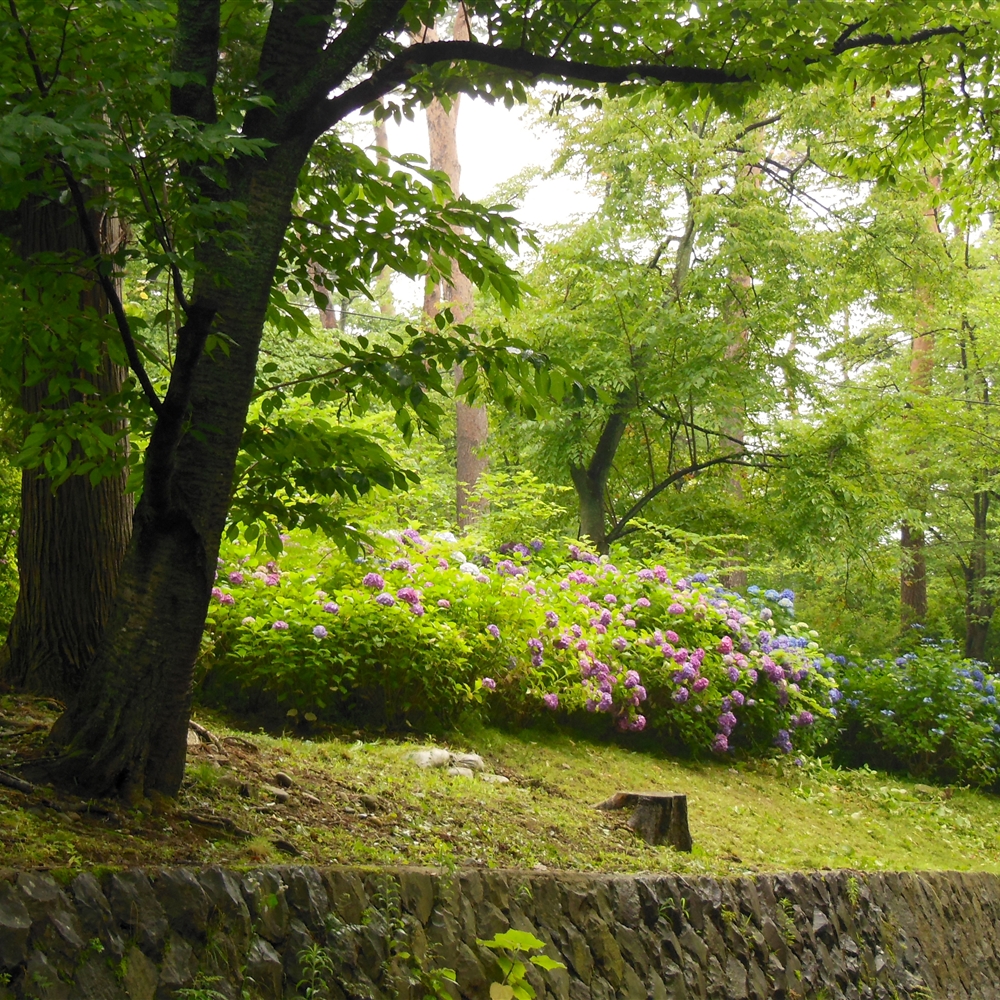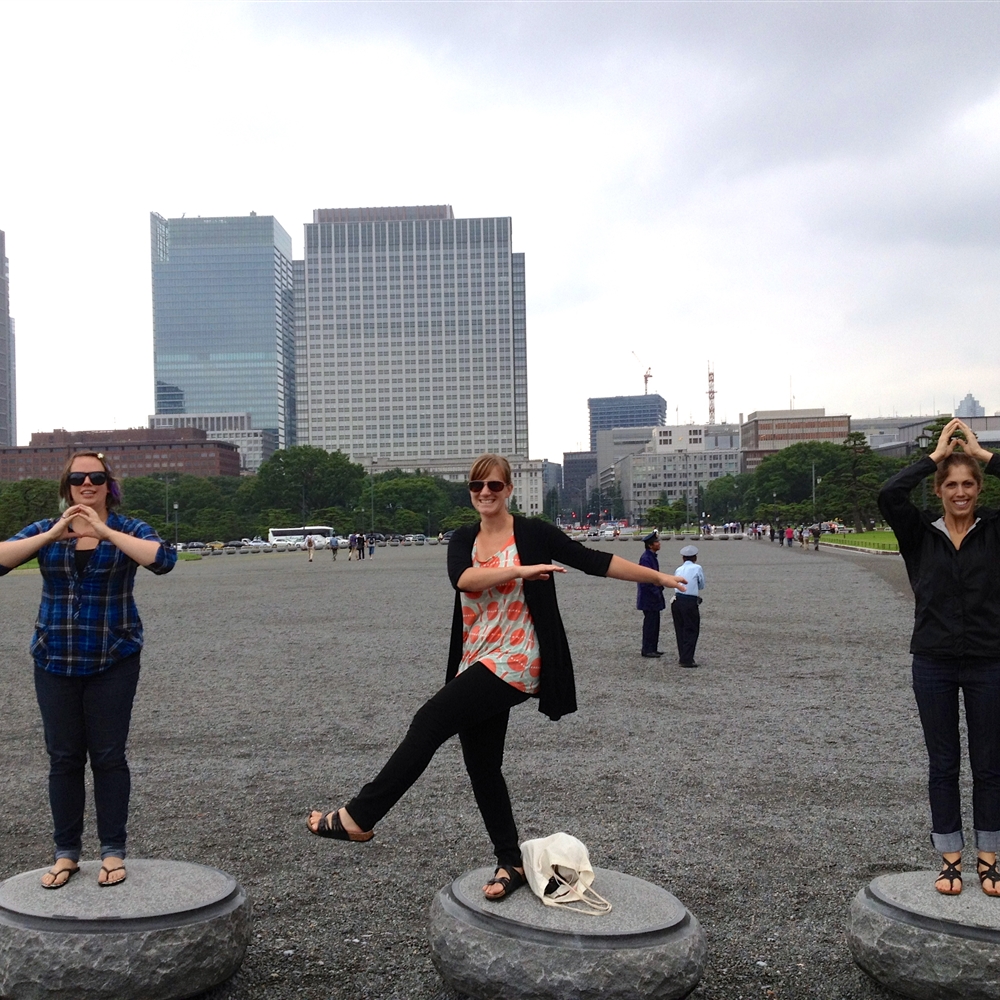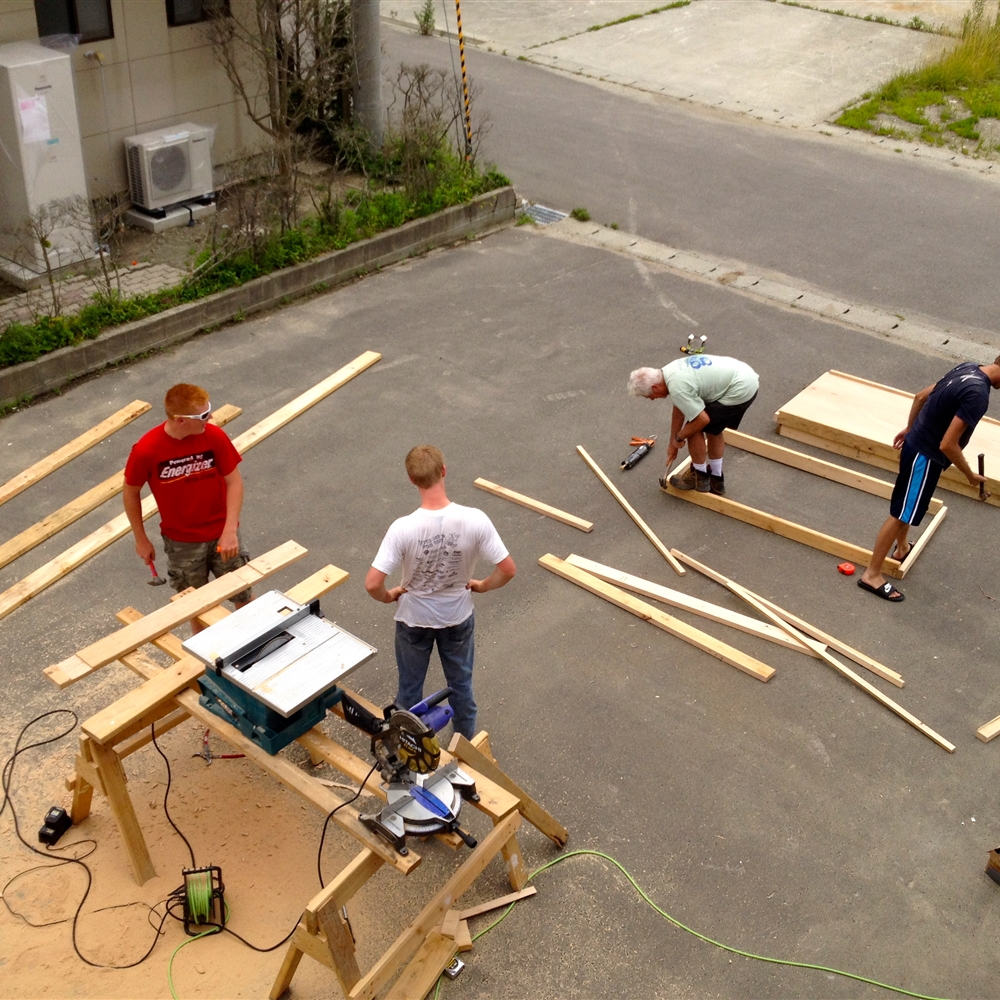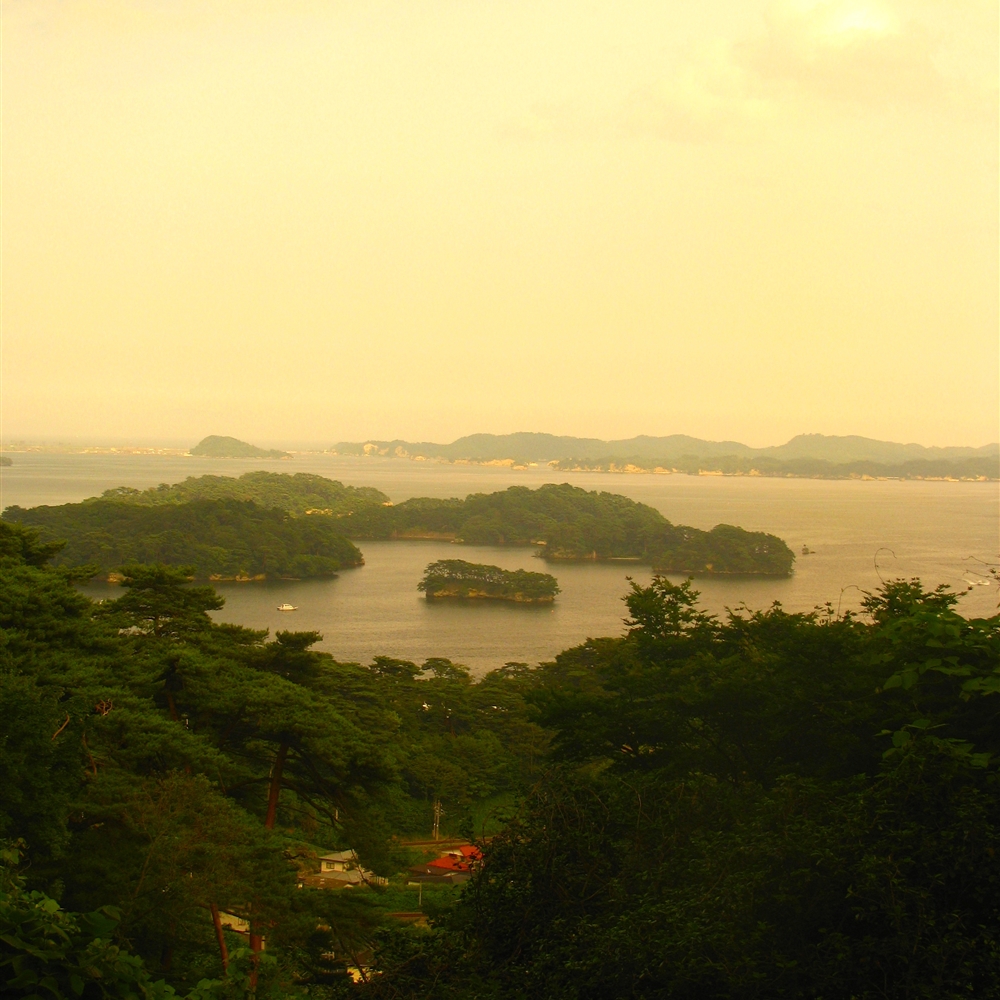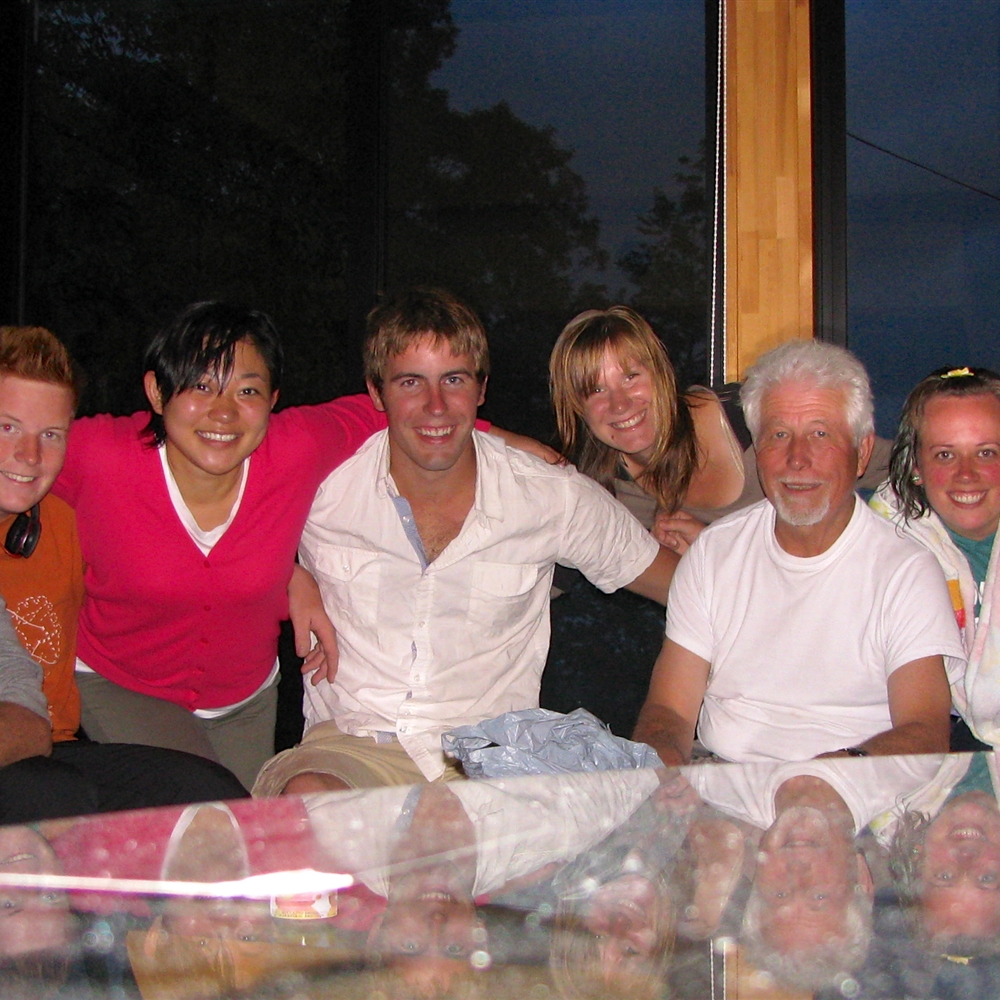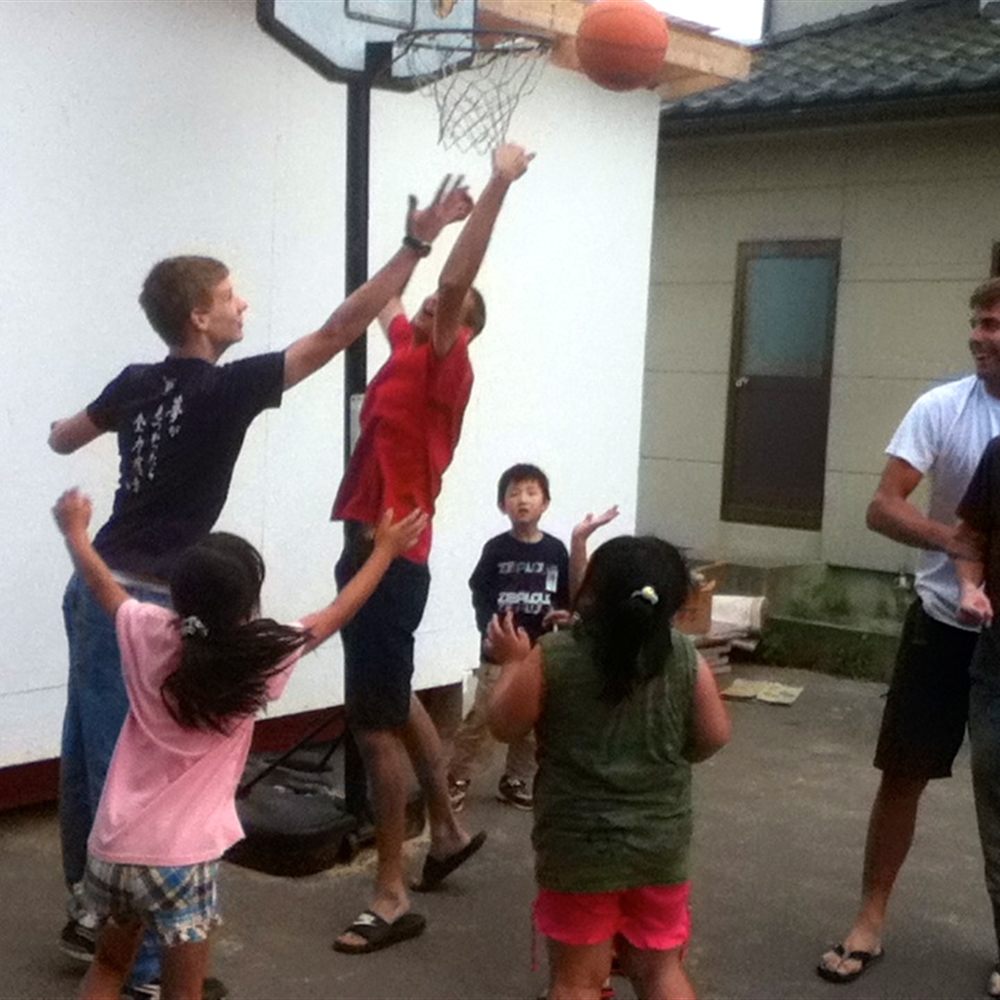Sendai
In July 2012, one of our teams traveled to Sendai, Japan. Below is a summary of the trip written by one of the team members.
The Nozomi Center: Center of Hope
In the small town of Yamamoto, Miyagi Prefecture, Japan, there stands a blue building. Bright orange marigolds are planted in a garden bed and a basketball net stands in Basketball courtthe driveway, in front of a newly built shed. A blooming Mandevilla vine climbs up out of its planter next to a sign that reads, “Nozomi Center”: Center of hope.
The people of Yamamoto have slowly been rebuilding their lives since the Great East Japan Earthquake, and the tsunami that followed, on March 11, 2011. Many houses and farms have been abandoned but there is new growth. The remains of the ruined buildings have been cleared away and new brick homes are slowly being built in clusters around town. The Nozomi Center has been built, not only as a mission, but also as a place for the community to gather, to provide aid to those who need it, and to give support to those who need it.
Many people have traveled away from the areas affected by the tsunami but those who have stayed are struggling to restart their lives. Everyone has had to start over on the same page, regardless of where they came from. The Nozomi Center plays a crucial role in the rebuilding of the community together with the individuals. There are regular events to bring everyone together, including games and crafts for children after school, a birthday party every month and a massage day for people to come in, have tea, meet with each other, and enjoy a relaxing massage from volunteers. Volunteer groups work at farms and houses as needed, helping with everything from weeding, to building greenhouses, to picking rocks. Every farm job, party, or game draws the community closer together and strengthens ties between individuals.
The Nozomi Center was set up by the Reformed Church of Japan and built with the cooperation of five difference mission agencies, one of which is the CRWRC, to act as a conduit for volunteers and to help rebuild the town and community, which lost more than 700 people to the tsunami. As volunteers there we were sent out to various farms and also to different temporary housing sites to help with children and meet with the residents. It was an amazing experience to be able to hear the survivor’s stories and realize the struggles they must have faced, and still be working through today.
One of the farms we worked at was a strawberry farm. The owners had grown strawberries for more than thirty years. They had a nice house by the ocean with a beautiful garden and large, imported, decorative boulders. When the tsunami came they lost their house, their cars, their land, and all their strawberries. By the Grace of God they did not loose any family members. Now they struggle to restart their farm on a new field where sandy soil has been poured over an existing rice field. And yet, despite their troubles, they were generous and giving, and seemed thrilled to have some foreigners working with them. And when we sang, “It is Well” for them we realized just how appropriate that song really is for those living in this area.
“When sorrows like sea billows roll,
Whatever my lot, thou hast taught me to say
It is well, it is well with my soul.”
As the Nozomi Center continues to minister to the people of Yamamoto and the surrounding area, it continues to need our help and support. Please remember all these people, both the volunteers and the people of the community in your prayers.

